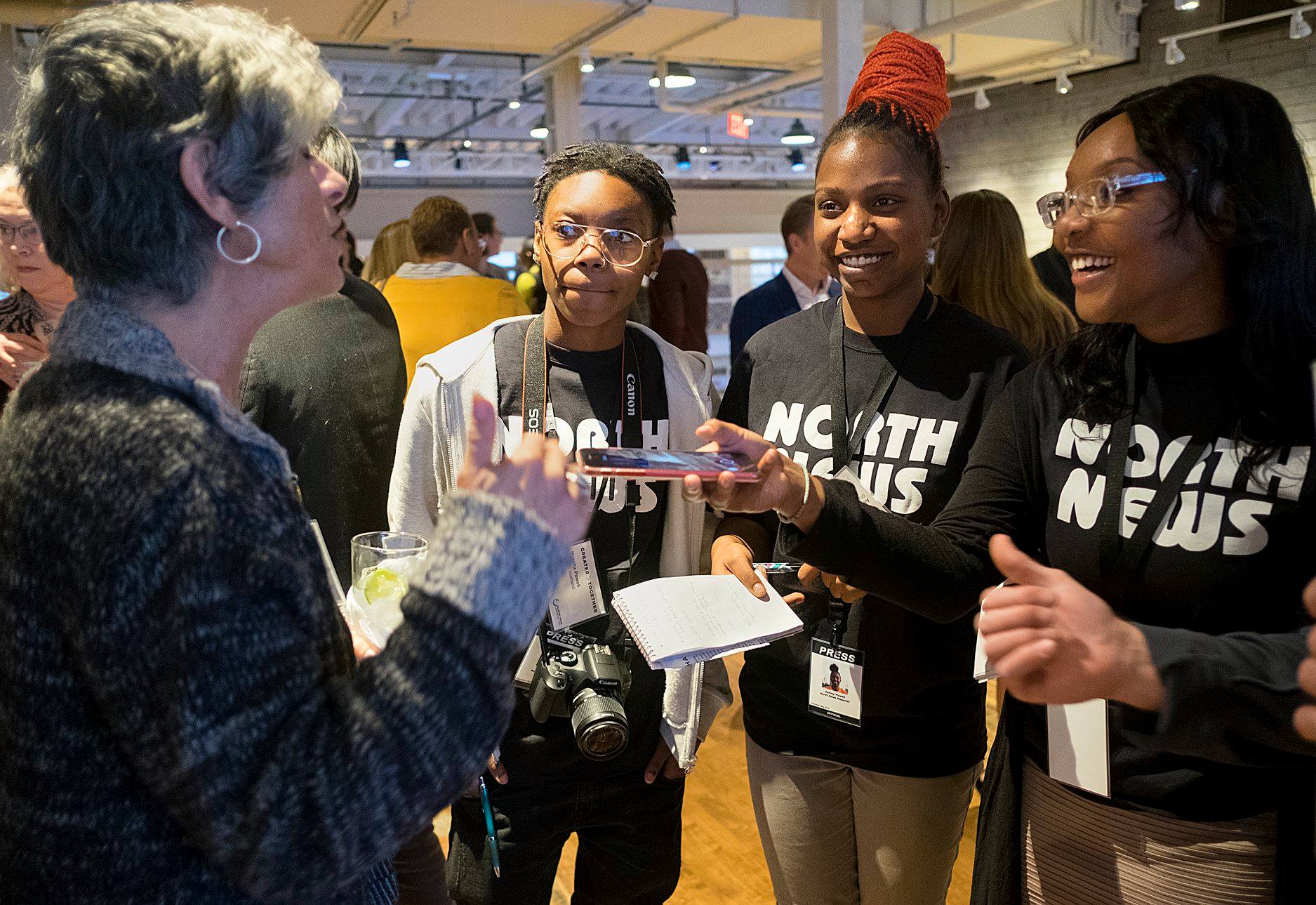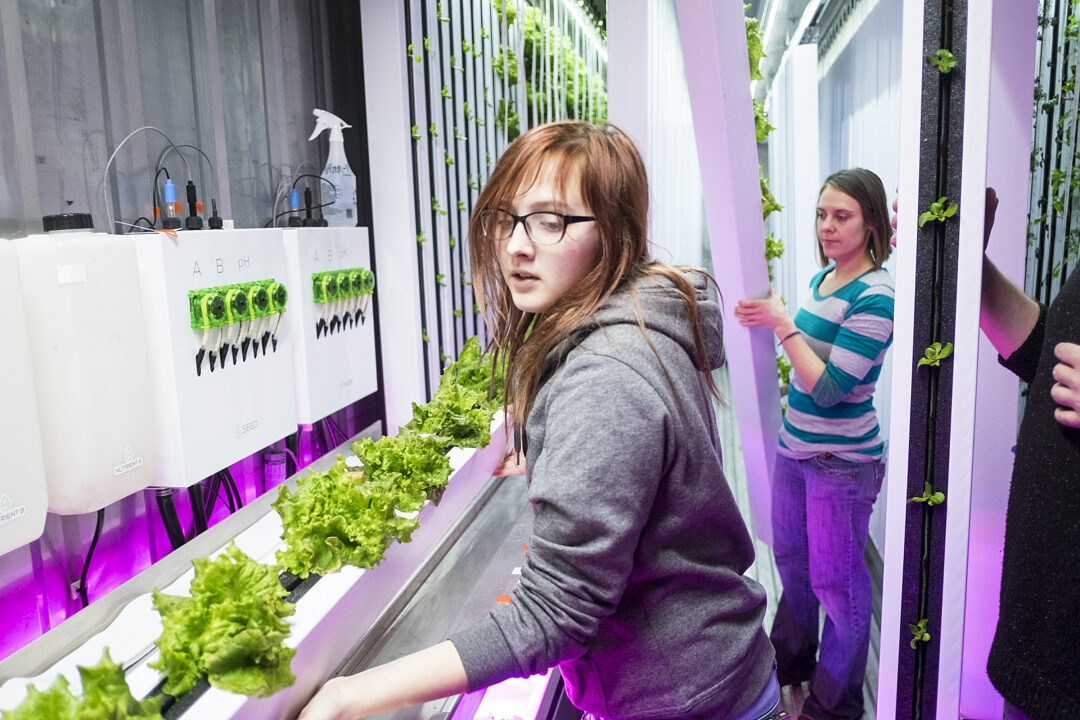
Many residents of North Minneapolis may be aware of North News through its monthly print paper and digital platforms, elevating honest and nuanced narratives about the Northside that aren’t represented in the institutional media. What they may not realize is that in addition to its quality hyperlocal reporting, North News is also working to lift up the next generation of Northside youth voices.
Through classroom programs and internship opportunities overseen by North News staff, youth throughout North Minneapolis are learning to tell their community’s stories and gain experience that will prepare them for careers in mass media and communications. This need is especially critical in the Northside community. “We are the only journalism education program most of our young people have access to,” said Kenzie O’Keefe, editor-in-chief of North News. O’Keefe also co-teaches the North News journalism class at North High School and expects to lead a similar program at Patrick Henry High School later this fall.
“Working under Kenzie and being a proud intern for North News over the last three years taught me the skills I needed to become a great journalist,” said former intern Daija Triplett, currently serving at Pillsbury United Communities through the Public Allies program. After the conclusion of her term, she plans to major in communications and media studies at Stetson University in the spring. “I’ve learned so much about how journalism can help connect people to their neighbors in the community.”
Blessing Kasongoma, currently majoring in communications studies at Augsburg University, concurs: “Interning as a student reporter at North News helped me find myself as a journalist.” But she said the true benefits of the North News youth program are even bigger than that. “As a person, I became bolder when it came to approaching people for an interview. I grew that way. This skill is not just for interviewing, but for everyday life. I learned to be more confident as a person.”
The North News team has high hopes for their youth program over the long-term. “Our plan is to build on our successes, grow the capacity of our newsroom, and keep our news platforms strong,” said O’Keefe. By formalizing additional pathways between North News and the media industry, O’Keefe said, North News can ensure that all young people in North Minneapolis have the tools and resources to pursue a career in mass media. With that crucial support for emerging community voices, she said, “We envision that North Minneapolis will one day be known as the birthplace of nationally respected journalists.”
By cultivating young people’s skills as journalists, writers, and storytellers, North News is making a vital contribution to the Northside community. When everyday people are empowered to raise their voices and influence the narrative, real change can begin.




